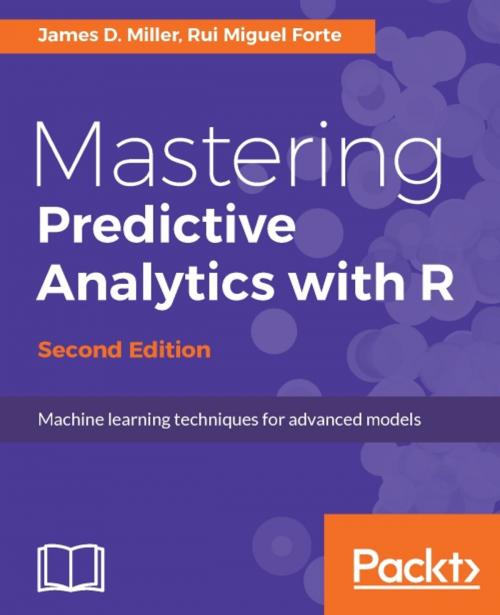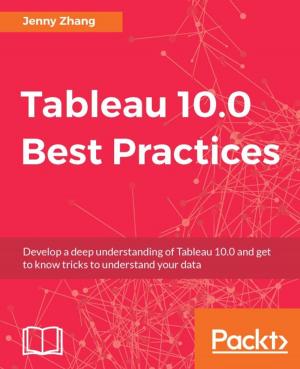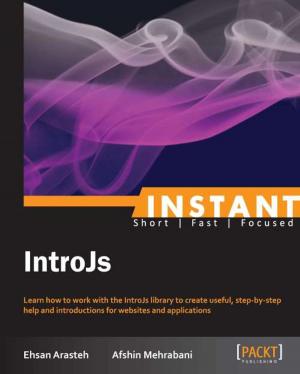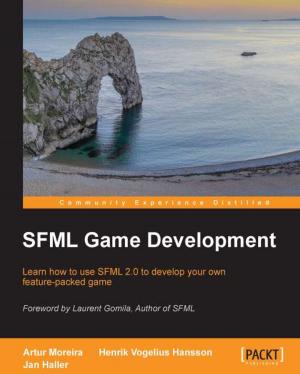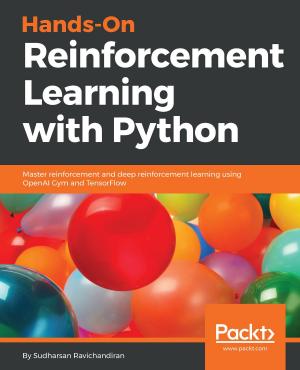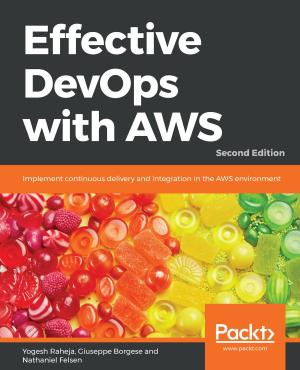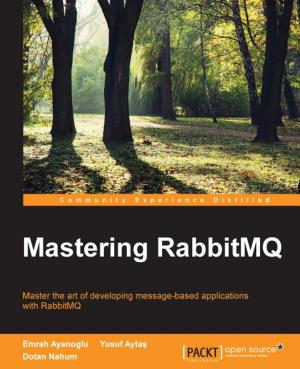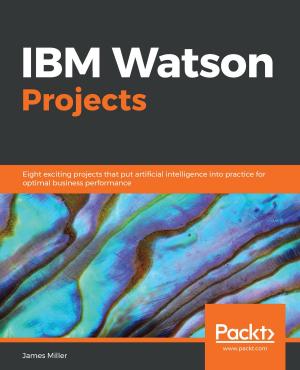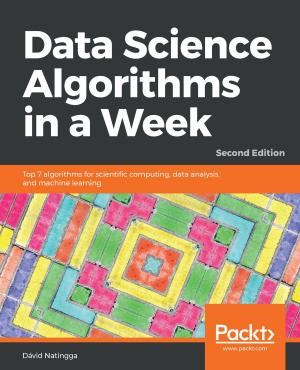Mastering Predictive Analytics with R - Second Edition
Nonfiction, Computers, Advanced Computing, Programming, Data Modeling & Design, Database Management, Data Processing| Author: | James D. Miller, Rui Miguel Forte | ISBN: | 9781787124356 |
| Publisher: | Packt Publishing | Publication: | August 18, 2017 |
| Imprint: | Packt Publishing | Language: | English |
| Author: | James D. Miller, Rui Miguel Forte |
| ISBN: | 9781787124356 |
| Publisher: | Packt Publishing |
| Publication: | August 18, 2017 |
| Imprint: | Packt Publishing |
| Language: | English |
Master the craft of predictive modeling in R by developing strategy, intuition, and a solid foundation in essential concepts
About This Book
- Grasping the major methods of predictive modeling and moving beyond black box thinking to a deeper level of understanding
- Leveraging the flexibility and modularity of R to experiment with a range of different techniques and data types
- Packed with practical advice and tips explaining important concepts and best practices to help you understand quickly and easily
Who This Book Is For
Although budding data scientists, predictive modelers, or quantitative analysts with only basic exposure to R and statistics will find this book to be useful, the experienced data scientist professional wishing to attain master level status , will also find this book extremely valuable.. This book assumes familiarity with the fundamentals of R, such as the main data types, simple functions, and how to move data around. Although no prior experience with machine learning or predictive modeling is required, there are some advanced topics provided that will require more than novice exposure.
What You Will Learn
- Master the steps involved in the predictive modeling process
- Grow your expertise in using R and its diverse range of packages
- Learn how to classify predictive models and distinguish which models are suitable for a particular problem
- Understand steps for tidying data and improving the performing metrics
- Recognize the assumptions, strengths, and weaknesses of a predictive model
- Understand how and why each predictive model works in R
- Select appropriate metrics to assess the performance of different types of predictive model
- Explore word embedding and recurrent neural networks in R
- Train models in R that can work on very large datasets
In Detail
R offers a free and open source environment that is perfect for both learning and deploying predictive modeling solutions. With its constantly growing community and plethora of packages, R offers the functionality to deal with a truly vast array of problems.
The book begins with a dedicated chapter on the language of models and the predictive modeling process. You will understand the learning curve and the process of tidying data. Each subsequent chapter tackles a particular type of model, such as neural networks, and focuses on the three important questions of how the model works, how to use R to train it, and how to measure and assess its performance using real-world datasets. How do you train models that can handle really large datasets? This book will also show you just that. Finally, you will tackle the really important topic of deep learning by implementing applications on word embedding and recurrent neural networks.
By the end of this book, you will have explored and tested the most popular modeling techniques in use on real- world datasets and mastered a diverse range of techniques in predictive analytics using R.
Style and approach
This book takes a step-by-step approach in explaining the intermediate to advanced concepts in predictive analytics. Every concept is explained in depth, supplemented with practical examples applicable in a real-world setting.
Master the craft of predictive modeling in R by developing strategy, intuition, and a solid foundation in essential concepts
About This Book
- Grasping the major methods of predictive modeling and moving beyond black box thinking to a deeper level of understanding
- Leveraging the flexibility and modularity of R to experiment with a range of different techniques and data types
- Packed with practical advice and tips explaining important concepts and best practices to help you understand quickly and easily
Who This Book Is For
Although budding data scientists, predictive modelers, or quantitative analysts with only basic exposure to R and statistics will find this book to be useful, the experienced data scientist professional wishing to attain master level status , will also find this book extremely valuable.. This book assumes familiarity with the fundamentals of R, such as the main data types, simple functions, and how to move data around. Although no prior experience with machine learning or predictive modeling is required, there are some advanced topics provided that will require more than novice exposure.
What You Will Learn
- Master the steps involved in the predictive modeling process
- Grow your expertise in using R and its diverse range of packages
- Learn how to classify predictive models and distinguish which models are suitable for a particular problem
- Understand steps for tidying data and improving the performing metrics
- Recognize the assumptions, strengths, and weaknesses of a predictive model
- Understand how and why each predictive model works in R
- Select appropriate metrics to assess the performance of different types of predictive model
- Explore word embedding and recurrent neural networks in R
- Train models in R that can work on very large datasets
In Detail
R offers a free and open source environment that is perfect for both learning and deploying predictive modeling solutions. With its constantly growing community and plethora of packages, R offers the functionality to deal with a truly vast array of problems.
The book begins with a dedicated chapter on the language of models and the predictive modeling process. You will understand the learning curve and the process of tidying data. Each subsequent chapter tackles a particular type of model, such as neural networks, and focuses on the three important questions of how the model works, how to use R to train it, and how to measure and assess its performance using real-world datasets. How do you train models that can handle really large datasets? This book will also show you just that. Finally, you will tackle the really important topic of deep learning by implementing applications on word embedding and recurrent neural networks.
By the end of this book, you will have explored and tested the most popular modeling techniques in use on real- world datasets and mastered a diverse range of techniques in predictive analytics using R.
Style and approach
This book takes a step-by-step approach in explaining the intermediate to advanced concepts in predictive analytics. Every concept is explained in depth, supplemented with practical examples applicable in a real-world setting.
